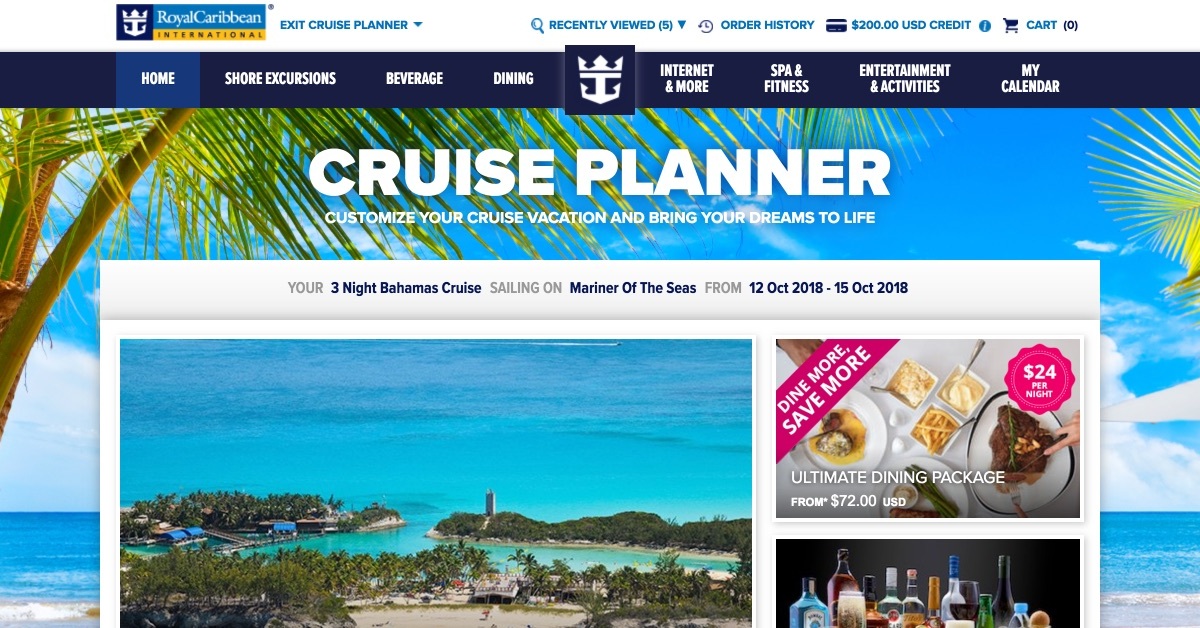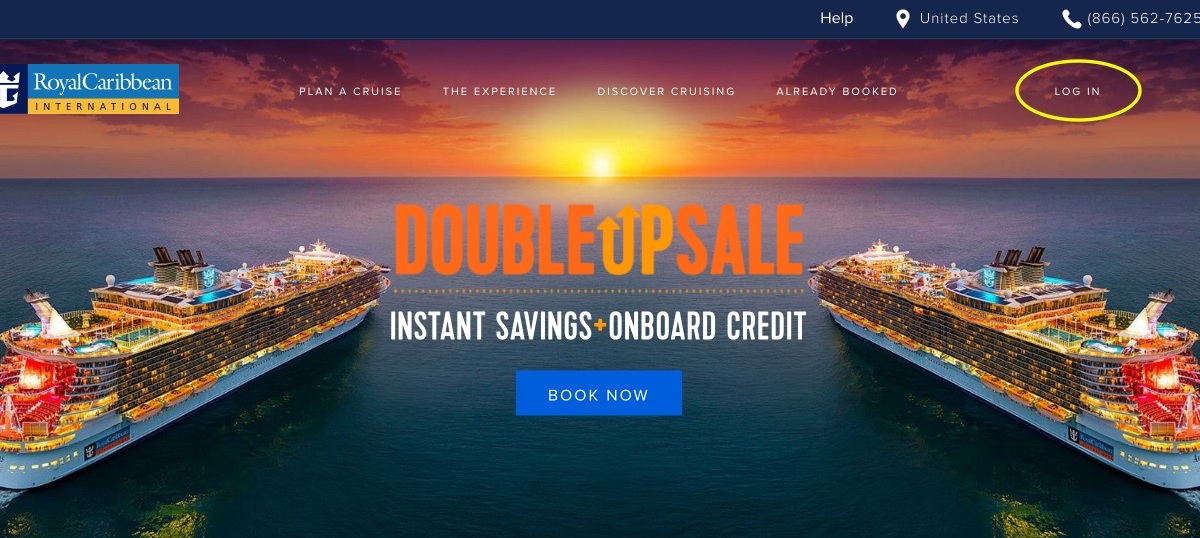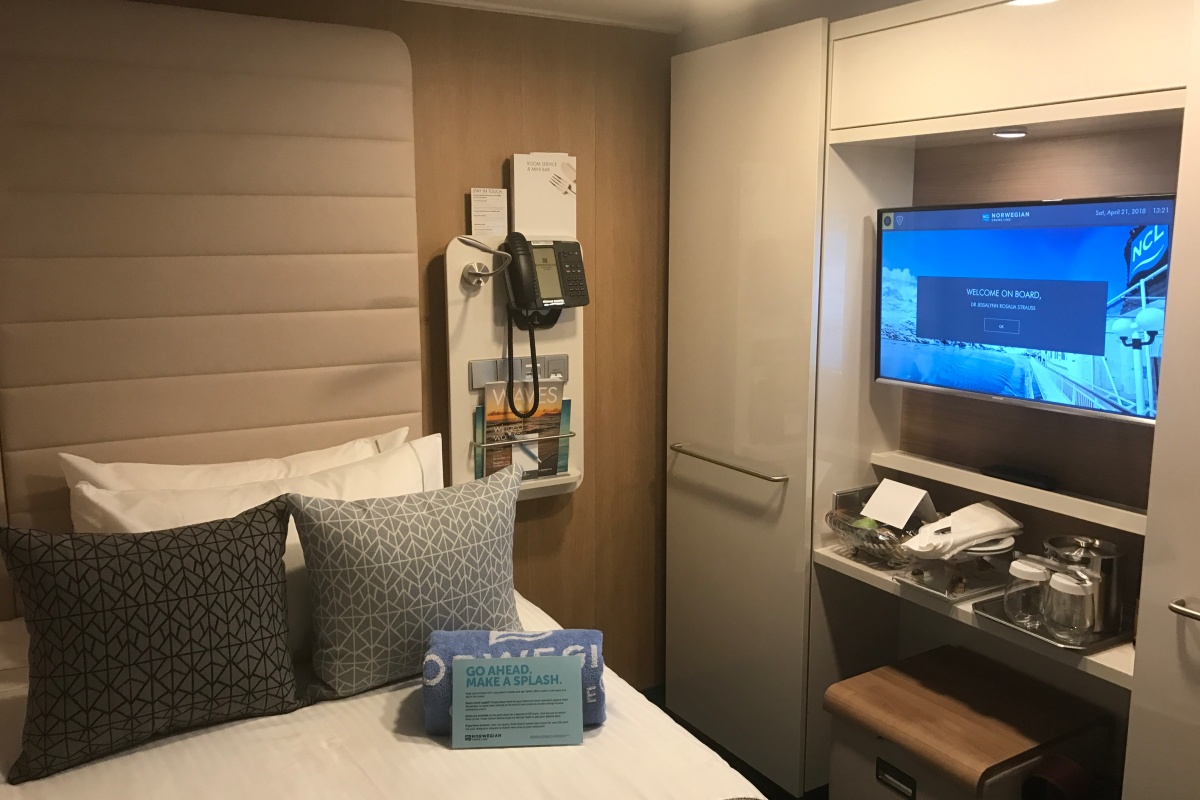I’ve been working as a cruise travel agent for about two years now, and I’ve learned that the process of talking with clients about potential vacations can go a lot more smoothly if they know what kind of information to give me. Based on my experience, here’s what your travel agent wants to know about you so she can help you book your perfect cruise:
When do you want to travel? But more than that, when CAN you travel? If you have kids in school (that you don’t want to take out of school), or if you have a restricted job like an accountant, I need to know that so I don’t waste our time with sailings that won’t work for you.
How flexible are you in your timing? Can you go last minute? It really helps for me to know where you live – for instance, I can tell you that trying to fly from Kansas City to south Florida in March is a fool’s errand – the tickets are outrageously expensive. But if you live in a place like North Carolina, like I do, and you don’t mind driving to the cruise ports in Florida (I don’t mind!), that’s helpful for me to know.
Are there any places you’ve been before or cruise lines that you’ve sailed on before? If so, tell me what you like and (especially) what you don’t like. If you don’t like the Bahamas, or the Southern Caribbean, makes sure you tell me that up front – even if you sort of like something, and you just aren’t sure that you want to do it again.
What’s your budget? Everyone hates this question, but honestly if you only want to spend about $5000 for your trip and I price you something that’s $10,000, it’s a waste of everyone’s time. If you want to (and it helps you feel better about spending lots of money), tell me how much you want to spend per person, per day, etc.
In your mind, what’s the ideal vacation? Is it relaxing or exciting? Do you want to try new foods and drink? Do you want to do daredevil things like rope courses and ziplines, or do you want to sit on a beach? For that matter, do you want a beach/island vacation, or a scenic one (Alaska, Norway), or a history one (Europe)?
Finally, the logistics. We can’t get you a quote unless we know how many cabins you need, how many people will be in each cabin, and what their ages are at the time of the sailing.
I’m going to ask you a lot of questions, inevitably, as we plan your vacation. But providing me with this information ahead of time will really help get the ball rolling on getting you hooked up with your dream vacation!










